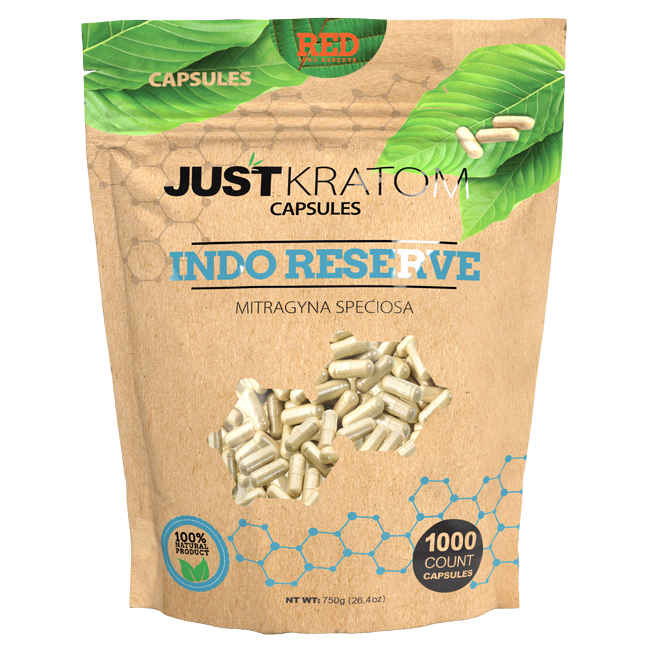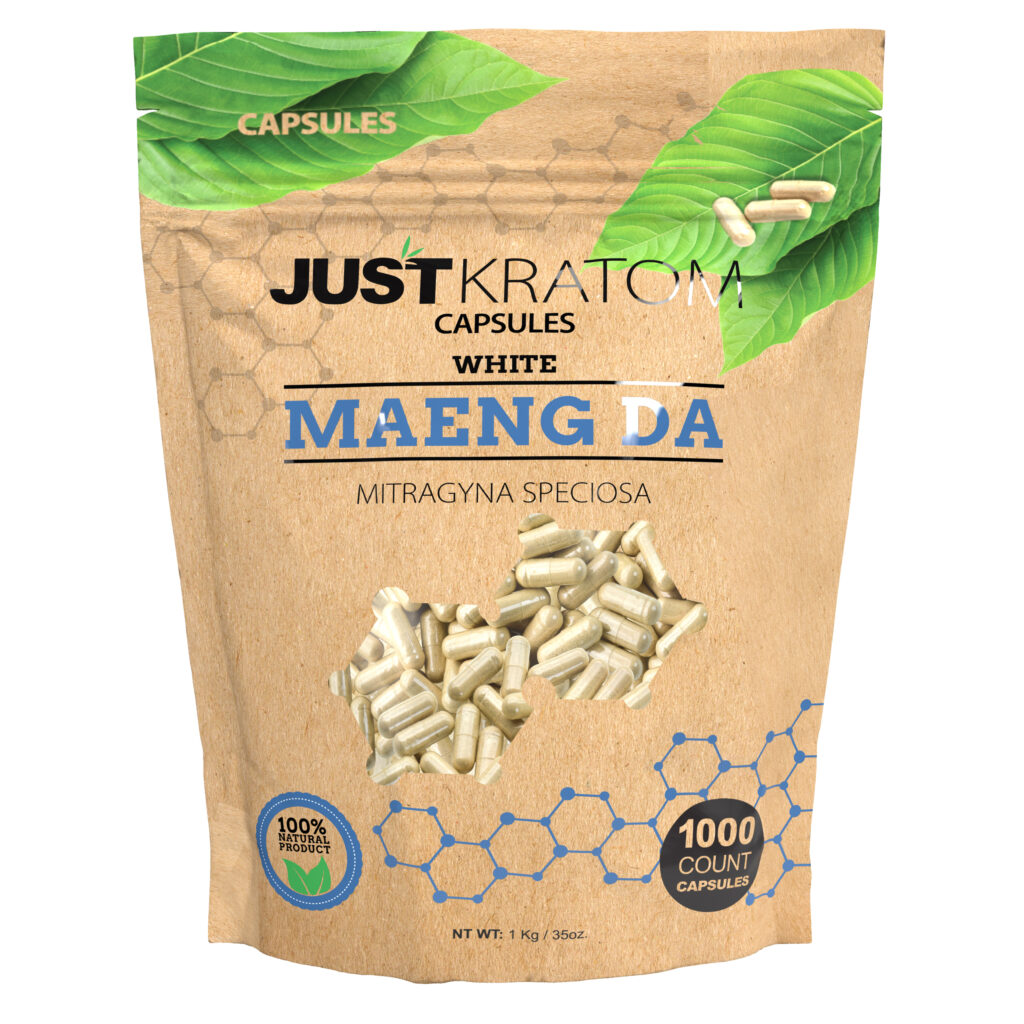What is Kratom?
Kratom is a tropical evergreen tree native to Southeast Asia. Its leaves contain psychoactive compounds, primarily mitragynine and 7-hydroxymitragynine, that produce stimulant and analgesic effects at low doses, but sedative and opioid-like effects at higher doses.
Kratom is traditionally used for a variety of purposes, including pain relief, energy enhancement, and mood elevation. However, it’s important to note that kratom can have potentially harmful side effects and interactions with other medications.
Due to its legal status varying across different regions and ongoing research regarding its safety and efficacy, it is crucial to consult with a healthcare professional before using kratom.

Types of Kratom
Kratom comes in various strains, each with unique characteristics and effects. These differences stem from variations in growing conditions, leaf maturity, and chemical profiles.
Some popular Kratom types include Maeng Da, which is known for its potent stimulation; Bali, often described as having relaxing and euphoric properties; and Thai Kratom, believed to provide a strong energy boost.
Other strains include Borneo, often associated with pain relief; and Malay, reported to offer mood-boosting effects.
Potency and Strains
%h2% Potency and Strains
Kratom’s potency, or the strength of its psychoactive effects, can vary significantly depending on factors such as the strain, growing conditions, and processing methods. Generally, strains like Maeng Da are known for their higher potency due to their higher concentrations of mitragynine and 7-hydroxymitragynine.
Strain variations also contribute to distinct experiences. For instance, while Bali Kratom is often associated with relaxing and euphoric effects, Thai Kratom tends to be more energizing. Borneo strains are frequently used for pain relief, while Malay strains are sometimes chosen for their potential mood-boosting properties.
Dosage Considerations
%h2% Dosage Considerations
Starting with a low dose is crucial when experimenting with kratom. A typical starting dose for beginners is 1-3 grams.
It’s essential to gradually increase the dosage until you experience the desired effects, always remaining within safe limits.
Listening to your body and adjusting the dosage accordingly is important. If you experience any adverse effects, reduce the dose or discontinue use.
Capsule Quality and Source
%h2% Capsule Quality and Source
The quality of kratom capsules can vary greatly depending on the source and manufacturing practices. When choosing capsules, prioritize reputable brands that provide information about their sourcing, extraction methods, and third-party lab testing.
- Source Transparency: Look for manufacturers who clearly state where they source their kratom leaves. Ideally, they should have traceable supply chains to ensure the origin of the plant material.
- Extraction Methods: Different extraction methods can affect the purity and potency of kratom capsules.
Powders are usually mixed into a capsule shell with a binder - Third-Party Lab Testing: Reputable manufacturers will have their products tested by independent labs to verify the contents, purity, and absence of contaminants.
Avoid capsules that lack clear labeling or information about sourcing and testing. Purchasing from trustworthy retailers can help mitigate risks associated with low-quality kratom products.
Storing Kratom Capsules
When storing kratom capsules, it’s essential to prioritize their freshness and potency. Keep them in a cool, dark, and dry place to prevent degradation of the active compounds. Avoid exposure to direct sunlight or excessive heat, which can diminish the quality of the capsules over time.
An airtight container is recommended for storage. This helps maintain humidity levels and protect the capsules from moisture absorption, ensuring their optimal condition. Storing kratom capsules in the refrigerator can further extend their shelf life, although it’s not strictly necessary.
Starting with Low Doses
Starting with low doses is essential when beginning your journey with kratom capsules. A good starting point for beginners is 1-3 grams.

It’s crucial to listen to your body and gradually increase the dosage as needed, always staying within safe limits. If you experience any adverse effects, reduce the dose or discontinue use altogether.
Monitoring Your Body’s Response
Monitoring your body’s response is paramount when using kratom capsules. It allows you to determine the appropriate dosage for your individual needs and identify any potential adverse effects.
Pay close attention to how you feel after taking kratom, noting any changes in energy levels, mood, or physical sensations. If you experience unwanted side effects such as nausea, dizziness, or anxiety, reduce your dose or discontinue use.
Remember that everyone reacts differently to kratom, so what works for one person may not work for another. By carefully observing your body’s reactions, you can personalize your kratom experience and minimize the risk of negative outcomes.
Potential Side Effects and Risks
While kratom offers potential benefits, it is crucial to be aware of its potential side effects and risks.
Common side effects may include nausea, dizziness, constipation, itching, sweating, and dry mouth. In some cases, individuals may experience more serious adverse effects such as tremors, seizures, liver damage, or addiction.
Kratom can also interact with certain medications, including antidepressants, opioids, and blood thinners. It’s essential to consult with a healthcare professional before using kratom, especially if you are taking any other medications or have underlying health conditions.
Due to its potential for dependence and abuse, long-term use of kratom should be approached with caution.
It is important to use kratom responsibly and within recommended dosages to minimize the risk of adverse effects and complications.
Contraindications and Interactions
%h2% Contraindications and Interactions
Kratom can have adverse interactions with certain medications and should be avoided by individuals with specific health conditions. It’s crucial to consult a healthcare professional before using kratom, especially if you are taking other medications or have any underlying health issues.
Individuals with liver disease should exercise extreme caution when considering kratom use, as it can potentially strain the liver further.
Kratom may interact with antidepressants, opioids, and blood thinners. These interactions can lead to unpredictable effects and increased risk of side effects.
Pregnant or breastfeeding women should avoid kratom due to a lack of research on its safety during these periods.
Individuals with a history of substance abuse or addiction are at an increased risk of developing dependence on kratom. It’s essential for them to seek professional guidance and support before using kratom.
Buy Kratom capsules from Just Kratom for natural pain relief
- Skin Pen Microneedling Near Windlesham, Surrey - December 6, 2025
- Skin Pen Microneedling Near Holmwood, Surrey - December 3, 2025
- Skin Injectables Near Wisley, Surrey - December 1, 2025
